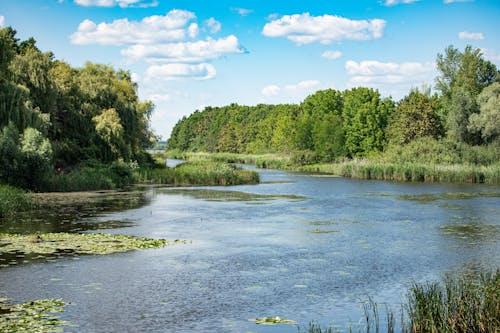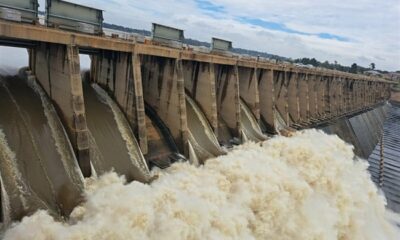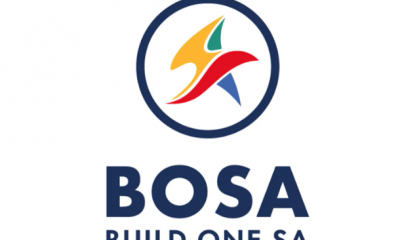Best of Johannesburg
Gauteng Water Supply Cycle Explained: Joburg’s Water Security in 2025

Water is a vital resource for every Johannesburg resident, and understanding how it moves from source to tap – and back – is key to appreciating the city’s water management efforts. In Gauteng, this process is carefully managed to ensure a reliable supply despite growing demand and environmental challenges.
Also read: How Joburg Communities Can Lead the Way in Sustainable Water Management
The Natural Water Cycle: The Foundation of Our Supply
The water cycle is a continuous natural process where water evaporates from oceans, rivers, and lakes, condenses to form clouds, and returns as precipitation. Plants contribute through transpiration, releasing water vapour. This global cycle underpins all water systems, including those in Gauteng.
Gauteng’s Water Supply Cycle: Local Steps That Keep Joburg Flowing
Here’s how Gauteng manages its water supply through a series of interconnected stages:
1. Water Collection
The Vaal Dam, Gauteng’s primary reservoir, stores rainfall and river water. Additional sources include smaller dams, rivers, and groundwater. This water is carefully collected and stored to meet the needs of the region year-round.
2. Treatment
Collected water undergoes treatment processes including filtration and disinfection. These steps remove impurities and pathogens, ensuring the water is safe for household and industrial use.
3. Distribution
Treated water is pumped into an extensive network of pipes, reservoirs, and pumps that deliver water to Johannesburg’s homes, businesses, schools, and industries.
4. Consumption
Residents and businesses use this water for drinking, cooking, sanitation, irrigation, and manufacturing processes.
5. Wastewater Collection and Treatment
Used water is collected through the city’s sewage systems and transported to treatment plants where contaminants are removed, protecting the environment and public health.
6. Returning Water to the Environment
Treated wastewater is safely discharged into rivers or repurposed for irrigation and industrial use, completing the water cycle and helping replenish natural sources.

Image 1: Helen Alp (Pexels)
Johannesburg’s Water Security Strategy: Building Resilience for the Future
Facing challenges such as population growth, climate variability, and ageing infrastructure, Johannesburg has implemented a Water Security Strategy with key focus areas:
-
Upgrading Infrastructure: Reducing leaks and improving water delivery efficiency.
-
Promoting Conservation: Encouraging water-saving habits among residents and businesses.
-
Exploring Alternative Sources: Expanding use of groundwater, rainwater harvesting, and water recycling.
-
Emergency Preparedness: Developing plans to manage droughts, outages, and maintenance with minimal disruption.
This strategy ensures Gauteng’s water supply remains sustainable and secure for years to come.
What Joburg Residents Can Do
Individual actions contribute significantly to water security. Here’s how you can help:
-
Fix leaks promptly to avoid water waste.
-
Use water-efficient appliances and fixtures.
-
Water gardens early in the morning or late in the evening to reduce evaporation.
-
Stay updated on water restrictions and maintenance schedules.
Gauteng’s water supply depends heavily on the Vaal Dam and local water sources. Water is treated, distributed, used, then collected and treated again before being returned to the environment. Johannesburg’s Water Security Strategy is actively addressing both current and future challenges – while community participation remains essential for building a sustainable water future.
Together, we keep Joburg’s water flowing, today and tomorrow.
Also read: Johannesburg Emergency Numbers 2025: Your Quick Guide to Getting Help Fast
Follow Joburg ETC on Facebook, Twitter , TikTok and Instagram
For more News in Johannesburg, visit joburgetc.com
Source: City of Johannesburg, National Oceanic and Atmospheric Administration
Featured Image: András Nyemczovszky (Pexels)





















